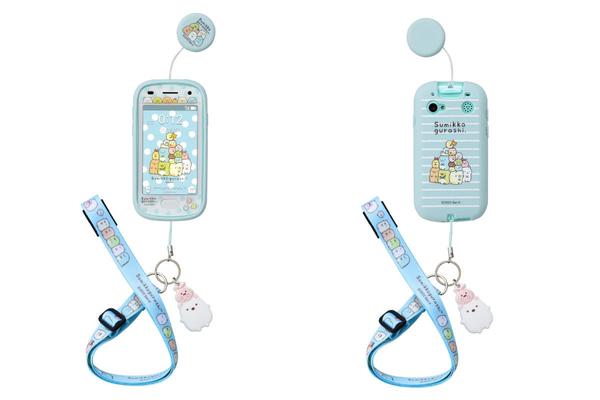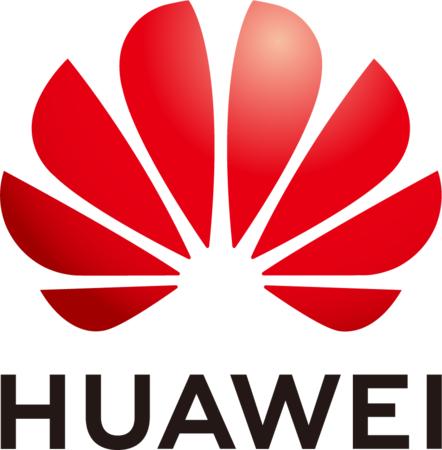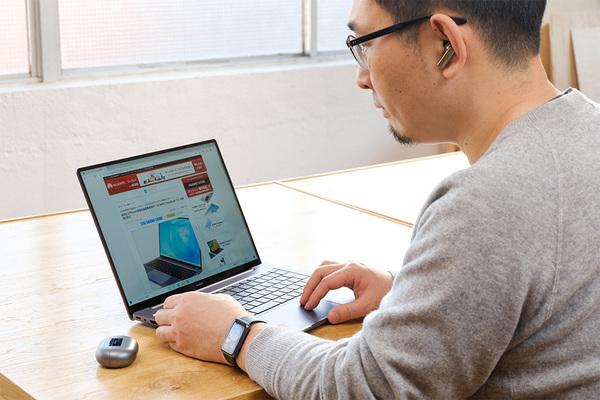Can't you really enter "Bi" or "Pu" on your iPhone? --Because you can't hear it anymore.
- 819
- 98
Can't you really enter "Bi" or "Pu" on your iPhone? --Because you can't hear it anymore.
- By huawei-accessories.com
- 01/09/2022
Trying to enter the sound repellent such as "Bi" or the sound repellent such as "Pu" on the iPhone's "Japanese-Kana" keyboard will certainly take a lot of time.
For example, if you try to enter "Bi" with a flick, flick the "ha" key to the left and enter "Hi", then "".You have to tap the "small" key once to add a cloudy point.In the case of sound repellent like "Pu", enter "F" and then "".Tap the "small" key twice to attach a semi -cloudy point (○).It's a bit troublesome.

In such a case, let's forget about the turbidity and semi -cloudy points and enter the kana.For example, "Kazukazu" is "Kasukasu", "Benturi" is "Henri", and "Konpo" is exhausted.Even if you omit the turbidity and semi -cloudy points, the conversion candidate should be displayed as "numerous", "convenient", and "exhaustion".
Kana-kanji keyboard also has a function to guess the sound repellent (such as a small "tsu"), so you can also omit the sound repellent.For example, it is OK if you enter "General" and "Hatsuhon" is "Hatsuhon".
It can be used not only for kanji idioms, but also for kana → kana conversion.In addition to general terms and place names such as "Hakomoron" and "Berlin", "Kilotopon" can be used in other words such as "Giroppon" in addition to general terms and place names.。The point is that "Hanhan" can be used for both the turbid and semi -cloudy points so that "bang -bang" can be used for "bang -bang".
Roman character input (Japanese-Roman Keyboard) does not have the function of speculating such muddy points, semi-cloudy points, and promotion sounds."HASOKON" is "Hasokon" and "ITSUHAN" is "when" or "when half".



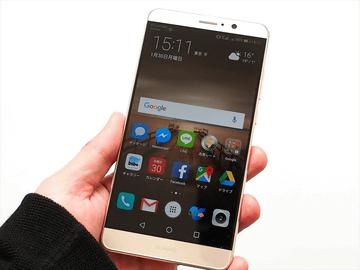
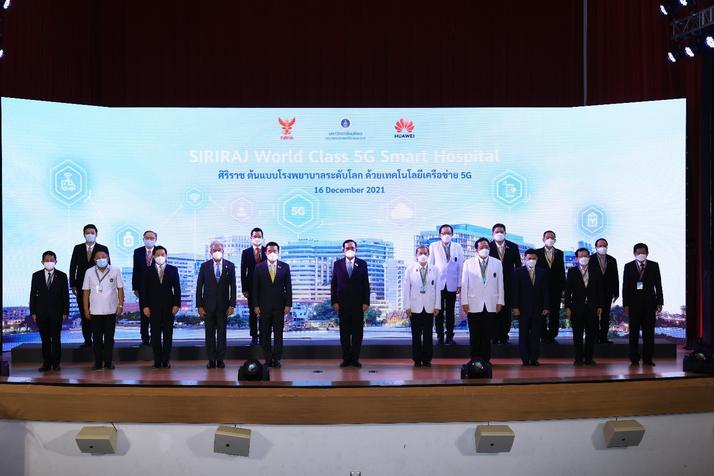
![[VLOG interlocking report] Try the combination of Manfrotto's Nitro Tech 608 and iFootage's TC6 [VLOG interlocking report] Try the combination of Manfrotto's Nitro Tech 608 and iFootage's TC6](https://website-google-hk.oss-cn-hongkong.aliyuncs.com/drawing/article_results_9/2022/3/25/278166fcc7181b73dd99af1b87fd6482_0.jpeg)
